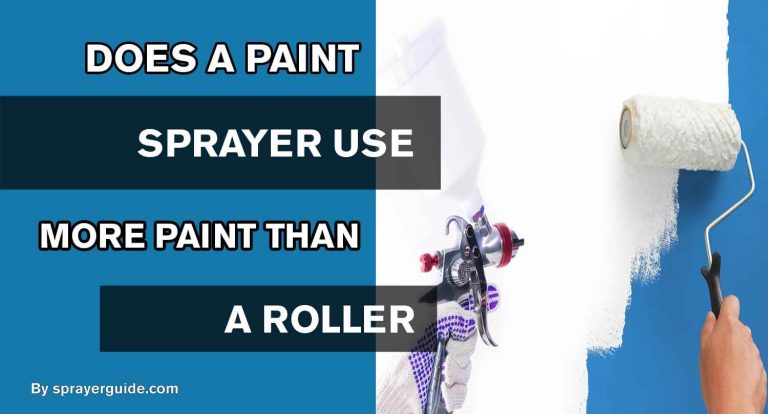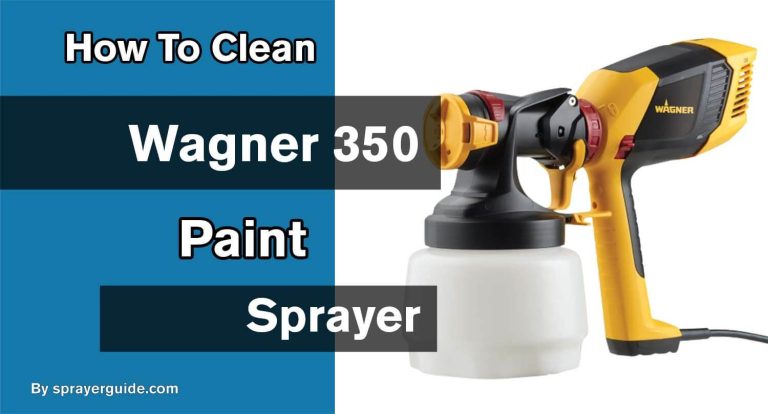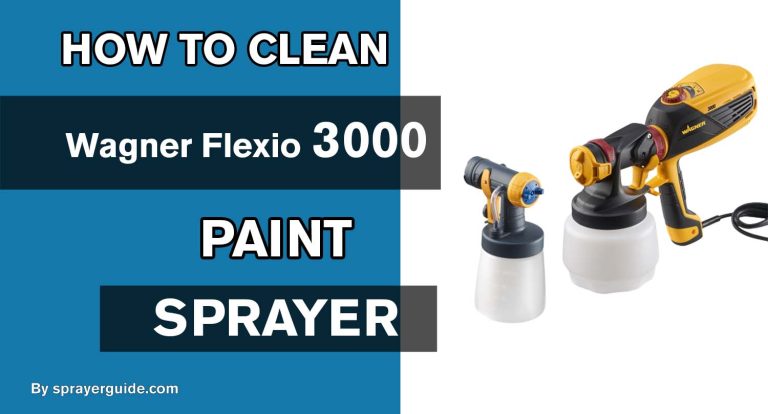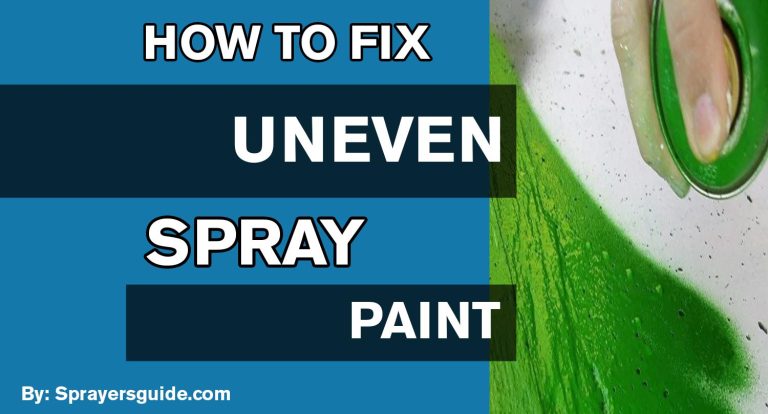Do you want to protect and seal your freshly painted furniture? Have you decided whether to use Polycrylic over chalk paint? The answer, it turns out, can be surprisingly complex. Several factors must be considered, such as how long after painting you must wait before applying the product. This blog post will examine these critical factors and advise how long to wait before applying object seal Polycrylic over chalk paint. Let’s get this party started!

What is Polycrylic, and How Does it Work with Chalk Paint
Polycrylic is an acrylic-based protective finish that is commonly used in woodworking. It is simple to apply and dries quickly, making it ideal for various projects such as refinishing. Mix chalk paint with polyacrylic to give the painted surface a glossy finish and make it last longer. To use Polycrylic with chalk paint, prepare the object by cleaning it and removing any dirt or debris. Allow the chalk paint to dry completely before applying a coat of Polycrylic in even strokes with a foam brush.
After thoroughly drying the coating, apply additional coats until you achieve the desired level of protection and glossiness. Polycrylic can help the chalk paint look more polished and is water-resistant, making it ideal for wet surfaces. Polycrylic, when applied correctly, can provide excellent protection for painted surfaces.
Overall, Polycrylic is a simple product with numerous advantages when working with chalk paint. It adds a layer of protection against moisture and wear and tear while providing a glossy finish to the project. Furthermore, the quick drying time allows multiple coats to achieve the desired effect. This product combination has the potential to produce long-lasting refinishing projects.
Preparing the Surface Before Applying Polycrylic:
It is vital to prepare the surface of your project before applying Polycrylic. This will ensure a successful outcome and that the Polycrylic adheres appropriately.
Prepare the Wood:
Begin by sanding any rough areas of the wood surface with fine-grit sandpaper. If necessary, finish with medium-grit paper to ensure a smooth finish.
Clean the Surface:
Next, you should remove any dust from sanding and ensure your surface is free of dirt or grime. Use a damp cloth or rag to wipe down the area and then wait for it to dry completely before applying Polycrylic.
Prime the Surface (Optional):
If desired, apply an interior latex primer to the surface before applying Polycrylic to improve its adherence and durability. You can also opt for a specific primer designed for use with Polycrylic.
Test the Stain:
Check that your stain has been appropriately applied and will not bleed through when the sealer is applied on top before applying Polycrylic. Begin by dabbing a small amount of Polycrylic on an inconspicuous area.
Check For Remaining Imperfections:
Lastly, examine your project for any remaining imperfections or blemishes in the wood surface that need to be addressed before applying Polycrylic. If needed, touch up these areas using fine-grit sandpaper and then clean again before proceeding.
Once you have completed these steps, your surface should be sealed with Polycrylic. This will help ensure that your project looks beautiful and lasts for years.
How to Properly Apply Polycrylic?
Polycrylic must be applied correctly to ensure a successful outcome. Here are some pointers on how to apply Polycrylic without streaks:
Use the Right Brush:
It’s essential to use a quality synthetic bristle brush when applying Polycrylic. This brush will help ensure an even coat with no streaks or brush strokes.
Apply With The Grain:
Always apply the finish in the same direction as the wood grain. This helps keep any visible streaks from forming on your project’s surface.
Long Strokes:
Avoid using short, back-and-forth strokes when applying Polycrylic; opt for long strokes only in one direction. Doing so will help reduce the chances of getting any streaks or brush marks on your project’s surface.
Even Coats & Drip Prevention:
Apply thin, even coats, and brush out any drips that may form. This will help ensure an even finish without any runs or puddles.
Keep a Wet Edge:
Always work from wet areas towards dry areas when applying Polycrylic. Doing this will help keep a wet edge, meaning you won’t have to worry about overlapping the different coats of finish and creating any visible streaks.
Following these steps can help you get the perfect finish on your project while avoiding any unwanted streaks or brush marks on its surface. With the proper technique and materials, you can achieve great results with Polycrylic!
How Long To Wait Before Applying Polycrylic Over Chalk Paint?
Humidity, temperature, and other environmental factors all influence how long you must wait before applying polycrylic over chalk paint. Most paints dry completely in about two hours on average. However, this drying period may be extended due to high humidity or cooler temperatures. If the humidity level is high, it will take longer. Fortunately, there are several ways to determine whether your paint has dried sufficiently before applying polycrylic:
Touch Test
You can lightly touch the paint surface with your finger or a soft cloth. If no paint comes off your finger or cloth, it’s probably dry enough to apply polycrylic.
Visual Test
If you look closely at the paint surface and can’t see any ridges or wet spots, your paint will likely dry enough for Polycrylic.
Odor Test:
Paint that has dried completely will not have a strong odor anymore. Chalk paint typically smells mild when fresh, but it should disappear entirely once dried.
Wait 24 hours:
If you’re unsure, waiting at least 24 hours before applying polycrylic over chalk paint is recommended. This will give the paint plenty of time to dry and ensure the surface is abrasion-resistant enough for the polycrylic finish to adhere properly.
Remember:
It’s always better to be safe and wait longer than necessary rather than rushing through this step and having your project turn out poorly.
Frequently Asked Questions:
Sanding is optional but recommended to ensure a smooth finish. To create an even surface, lightly sand the surface of the chalk paint with fine-grit sandpaper (220 grit). This will aid in the adhesion of the chalk paint to the Polycrylic.
A good paintbrush is ideal for applying a coat of Polycrylic. Choose a brush with synthetic bristles to avoid shedding or leaving lint behind. It is also critical to use a clean brush; thoroughly wash and dry it before using it.
This depends on how much protection you want for your piece, but two coats are usually enough. Allow each coat to dry completely (4-6 hours) before lightly sanding to ensure an even finish.
It is best to wait at least 24 hours after applying chalk paint to your piece before applying a coat of Polycrylic. This will allow the underlying layer to cure and adhere to the surface, resulting in better results.
Yes, because of the strong fumes produced by Polycrylic, it must be applied in a well-ventilated area. While working with Polycrylic, keep windows open or fans running to circulate air. Wearing a respirator or face mask is also recommended to protect against fumes.
Final Note:
Lastly, the time you have to wait before putting Polycrylic over chalk paint depends on the type of paint, the brand, and the conditions where you work. Before putting on a coat of Polycrylic, you should wait 24 to 48 hours to ensure the paint has dried and hardened. When using these products, it’s essential to follow any other recommendations from the manufacturer and local rules about ventilation and air quality.
Read More:
- How Long Does Primer Spray Paint Take To Dry
- How To Spray Paint Wood Chairs
- How To Thin Water-Based Paint For Roller
- How Long Does Spray Paint Take To Dry Metal
- Is It Better To Spray Or Roll the Interior Paint
- Does A Paint Sprayer Use More Paint Than A Roller
- How To Thin Water-Based Paint For Spraying
- How To Clean Wagner 350 Paint Sprayer
- How To Paint A Textured Ceiling With A Roller
- Which Is Better, Air Or Airless Paint Sprayer
- How To Use Hvlp Spray Gun
- How Long Does Spray Paint Take To Dry On Cardboard
- Graco Magnum Prox17 VS X5






